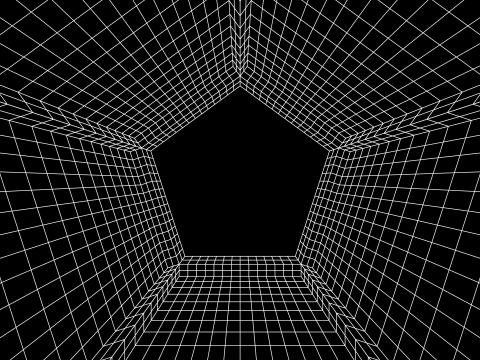News Briefs
U.S. Defense Department Outlines Roles
The U.S. Defense Department has released its 2009 Quadrennial Roles and Missions Review (QRM) Report to Congress, including the department’s core missions and competencies. Core mission areas include homeland defense and civilian support; deterrence operations; major combat operations; irregular warfare; military support to stabilization, security, transition and reconstruction operations; and the military’s contribution to collaborative security. Among the core capabilities identified are command and control; battlespace awareness; network centricity; force support; and corporate management and support. This is the first review conducted with the intent of establishing a framework for analyzing roles and missions every four years.
Navy Demonstrates Command and Control System
A command and control capability now enables U.S. Navy command staff to establish itself in a command ship and naval task group in days rather than weeks. Set up aboard the Second Fleet’s flagship, the USS Bataan, the Second Fleet Demonstrator (2FD) facilitates communications and collaboration with a carrier strike group and the Second Fleet’s Maritime Headquarters. The 2FD is a Distributed Deployable Command Element that allows joint task force commanders and their staffs to embark on a designated flagship with mobile command and control capabilities as soon as four days after deployment notification and equipment installation.
Eye in the Sky Open for Business
A new high-resolution civilian Earth imaging satellite is now operating and is supporting civilian and government customers. The GeoEye-1 spacecraft is gathering and providing color and black-and-white images in half-, one-, two- and four-meter resolutions commercially. The satellite also is assisting the National Geospatial-Intelligence Agency’s NextView program, which is designed to ensure that the agency has access to commercial imagery to support its mission. GeoEye has an archive containing more than 300 million square kilometers (115.8 million square miles) of Earth images.
Wading Through Data
U.S. submariner analysts will soon have the tools they need to quickly understand the abundance of data coming into their systems. Part of the Wave System of Systems (Wave SOS), the semantic service-oriented fusion framework will integrate submarine sensor data. It will improve the processing and understanding of intelligence data that next-generation submarines gather with their improved sensors, weapons and communications systems. Modus Operandi is developing the framework under a phase one $70,000 Small Business Innovation Research contract; Naval Sea Systems Command awarded the contract.
Command Welcomes Web 2.0
The U.S. European Command’s (EUCOM’s) new Web site design leverages Web 2.0 technologies to encourage dialogue and improve transparency. The site now includes links to the command’s presence on Facebook, Twitter and YouTube. In addition, the revised site fosters increased interaction between command staff and the public. For example, visitors to the site can comment through the EUCOM Command Blog and can share articles and photographs using one of the Web’s social networking sites. According to EUCOM officials, every aspect of the security that protects the command and the U.S. Defense Department computer systems is still in full effect.
Virtual Combat Trainer Ready for Action
The U.S. Marine Corps is now training its warfighters in realistic simulated settings in a virtual environment. The Marine Corps Systems Command’s Gruntworks Research for Infantry Integration Testing (GRIIT) technology uses 21 cameras to record and replay scenarios in a virtual display. GRIIT enables the service to train squads in a realistic environment and to improve the integration of new combat equipment into the Marines’ kit.
Information Security Resource Guide Now Online
Information security professionals seeking educational and networking facts can now access the (ISC)2 “Resource Guide for Today’s Information Security Professional, Global Edition” online. (ISC)2 will continue to publish the guide in the traditional pocket-size, spiral-bound book; however, the online version allows information security professionals to access and publish dynamic and up-to-date details about events, educational resources and professional associations. In addition, the online guide features a keyword search capability. Both the paper and online versions of the guide are free to (ISC)2 members as well as the general public.
Navy Offers Career Advancement Information via the Web
To assist sailors better understand continuation boards, Zone B perform-to-serve process and selective re-enlistment bonuses, the U.S. Navy Personnel Command (NPC) has added a Force Stabilization Fact Sheet to its Web site. The information in the new section of the site clarifies the steps sailors need to take to advance in their careers. Within the first two days after the fact sheet page was added to the NPC site, it was viewed more than 5,000 times. As the Navy finalizes details about the continuation board process, updated information will be added to the fact page. These details are scheduled to be finalized and approved by the September 2009 board meeting.



Comments